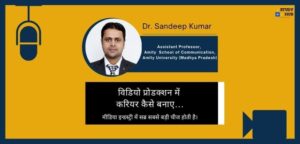Assertion (A): The readability tests have no relevance as far as Indian newspapers are concerned.
Reason (R): In a multi – lingual context, such an effort is difficult
(A) Both (A) and (R) are true
(B) Both (A) and (R) are true, but (R) is not the correct explanation of (A).
(C) (A) is true, but (R) is false
(D) (A) is false, but (R) is true
Correct Ans: (A)
Explanation:
The correct answer is (A) Both (A) and (R) are true.
Let’s understand this thoroughly. The assertion claims that readability tests don’t hold much relevance in the context of Indian newspapers. That’s true. These tests usually measure how easy a piece of text is to read. They use factors like sentence length, syllables per word, and vocabulary complexity. While this might work well in single-language environments, it falls short in India.
Now, why is that?
The reason clearly explains it—India is a multi-lingual country. People speak and read in different languages, even within the same region. Moreover, readers have varying degrees of fluency in English, Hindi, or any other language they choose to read newspapers in. Because of this, a standard readability formula can’t apply equally across diverse linguistic groups.
Additionally, many Indian newspapers mix languages in their content. English dailies often include Hindi or regional phrases, and vice versa. This code-switching makes readability testing harder. A tool developed for pure English or pure Hindi won’t capture the real reading experience of these hybrid texts.
Furthermore, cultural context plays a big role. Words or phrases that seem difficult according to a formula might be easily understood by readers due to familiarity. So, the diversity in reading habits and linguistic backgrounds makes standardized readability tools ineffective.
Thus, both the assertion and the reason are true, and the reason logically supports the assertion. That’s why option (A) is the correct answer.




















